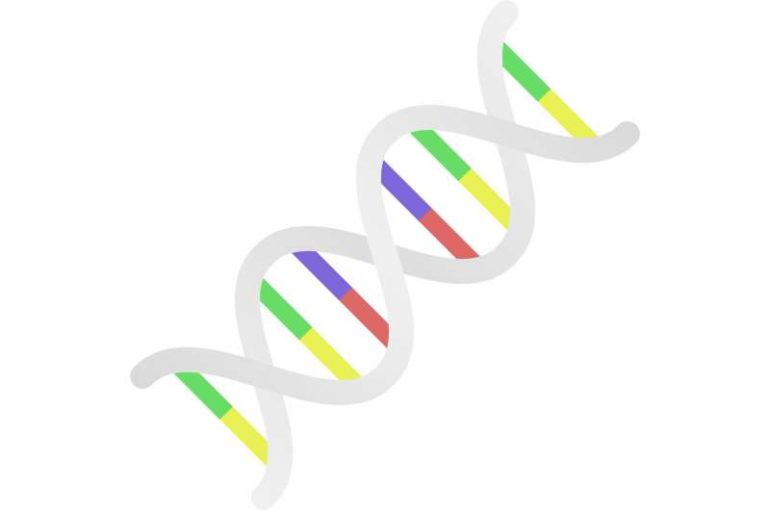Research from the Cancer Institute at the Japanese Foundation for Cancer Research (JFCR), which was published today in the leading international scientific journal Proceedings of the National Academy of Sciences, reveals that noncoding RNA derived from pericentromeric repetitive sequences provokes inflammatory gene expression in senescence and cancer.
Senescence is a state of essentially irreversible cell cycle arrest induced by several stressors, i.e., aging, obesity, radiation, and chemotherapy. Senescent cells that accumulate in vivo during aging communicate with surrounding tissues through the production of proinflammatory proteins, termed the senescence-associated secretory phenotype (SASP), which plays multiple physiological and pathological roles. In aged individuals, inflammatory SASP factors promote numerous age-related diseases, including cancer. Therefore, elucidating the regulatory mechanism of the SASP is essential for developing new preventive and therapeutic strategies against age-related cancer.
A team of JFCR researchers has hypothesized that an aberrant chromatin architecture observed in senescent cells might be associated with the SASP and have commenced the analysis of genome-wide chromatin interaction and gene expression using next-generation sequencing techniques. They revealed that the region containing pericentromeric repetitive sequences called human satellite II (hSATII), which are epigenetically silenced in normal cells, showed a notably open state in senescent cells. In addition, the expression of noncoding RNA (hSATII RNA) was markedly upregulated during cellular senescence. Further analysis revealed that hSATII RNA upregulated SASP-like inflammatory gene expression by disturbing chromatin interactions in some SASP gene regions through the functional impairment of CCCTC-binding factor (CTCF), which is important for the maintenance of genomic integrity.
“Small extracellular vesicles (EVs) secreted from cancer and stromal cells dynamically contribute to tumor incidence and progression in a non-cell-autonomous manner in the tumor microenvironment. Intriguingly, the amounts of hSATII RNA were higher in small EVs derived from senescent cells than in those derived from proliferating cells. Thus, our data suggest that hSATII RNA derived from senescent stromal cells are transferred into surrounding cells through small EVs and function as a SASP-like inflammatory factor in the tumor microenvironment.”
Further, the researchers found that hSATII RNA was highly detectable in cancer cells in surgical specimens from patients with primary colon carcinoma. Strikingly, the population of hSATII RNA-positive cells was significantly higher among cancer-associated fibroblasts than fibroblasts in normal stromal tissues.
“These findings highlight the new role of the hSATII RNA, which supports tumor development in a non-cell-autonomous manner via the secretion of SASP-like inflammatory factors and small EVs. Understanding this molecular mechanism can facilitate the development of novel preventive and therapeutic strategies against age-related pathologies in the future.”
New mechanism by which senescent cells turn on genes encoding for tumor-regulating factors
More information:
Pericentromeric noncoding RNA changes DNA binding of CTCF and inflammatory gene expression in senescence and cancer, Proceedings of the National Academy of Sciences (2021). doi.org/10.1073/pnas.2025647118
Provided by
Japanese Foundation For Cancer Research
Citation:
A novel function of noncoding RNA in senescence and cancer (2021, August 23)
retrieved 23 August 2021
from https://medicalxpress.com/news/2021-08-function-noncoding-rna-senescence-cancer.html
This document is subject to copyright. Apart from any fair dealing for the purpose of private study or research, no
part may be reproduced without the written permission. The content is provided for information purposes only.



